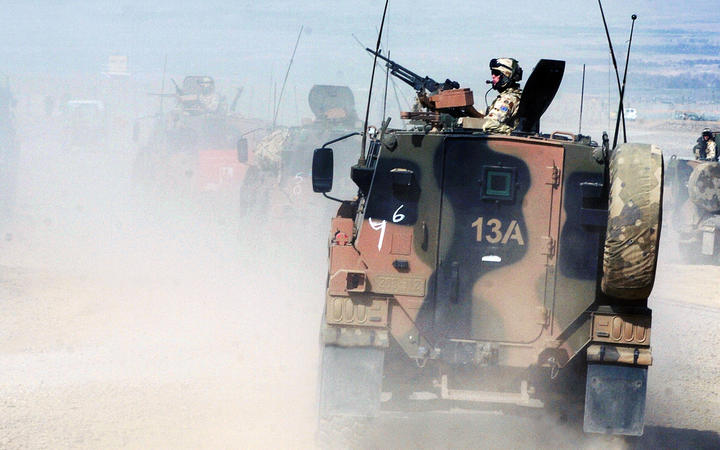Mariana Durao and Yvonne Yue Li,
A strike at Vale SA’s Sudbury operations in Canada is taxing a nickel market that’s key to powering electric vehicles.
Sudbury is one of the world’s few producers of nickel pellet, a form used to produce alloys for aerospace, electronic and nuclear industries. Production at Vale’s northeast Ontario operation halted when unionized workers went on strike on June 1. The disruption is driving consumers to tap battery-grade nickel briquette as an alternative.
That shift is increasing competition for briquette, pushing up North American premiums, or extra charges consumers pay on top of nickel prices on the London Metal Exchange, as stockpiles of the metal dwindle. Inventories of briquette, the main form of nickel stored at LME warehouses, have fallen 9 per cent since a peak in April and are now at the lowest in more than a year.
“Given the challenges at a number of Class 1 nickel operations over 2021 to date, availability of material for end customer purchases is more limited that might have been thought,” said Colin Hamilton, an analyst at BMO Capital Markets.
Battery-grade nickel is a key ingredient in rechargeable batteries for electric vehicles, helping pack more energy into cells and allowing producers to reduce use of cobalt, a more costly metal that typically has a less transparent supply chain. The market for such nickel is expected to be in a tight balance in the next two to three years and could slip into a deficit as early as 2024, according to energy data and analysis firm Bloomberg NEF.

Since the Vale strike began, the premium on briquette has risen 24 per cent and U.S. prices on June 22 hit their highest level since November 2019, according to Fastmarkets data. Nickel for three-month delivery posted an 8 per cent weekly gain last week on the LME, the biggest since August 2019.
“The strike is not the main driver of nickel price increase, but it will be the main driver on the North American nickel premium increase,” said Adrian Gardner, principal analyst for nickel markets at research firm Wood Mackenzie.
Gardner said he isn’t optimistic about a solution to the Vale strike and anticipates the labor dispute could extend for many months. Vale faced a yearlong strike in Canada back in 2009 and 2010. Striking workers represented by United Steelworkers Local 6500 have twice rejected a wage offer presented by the Brazilian mining giant this year

















